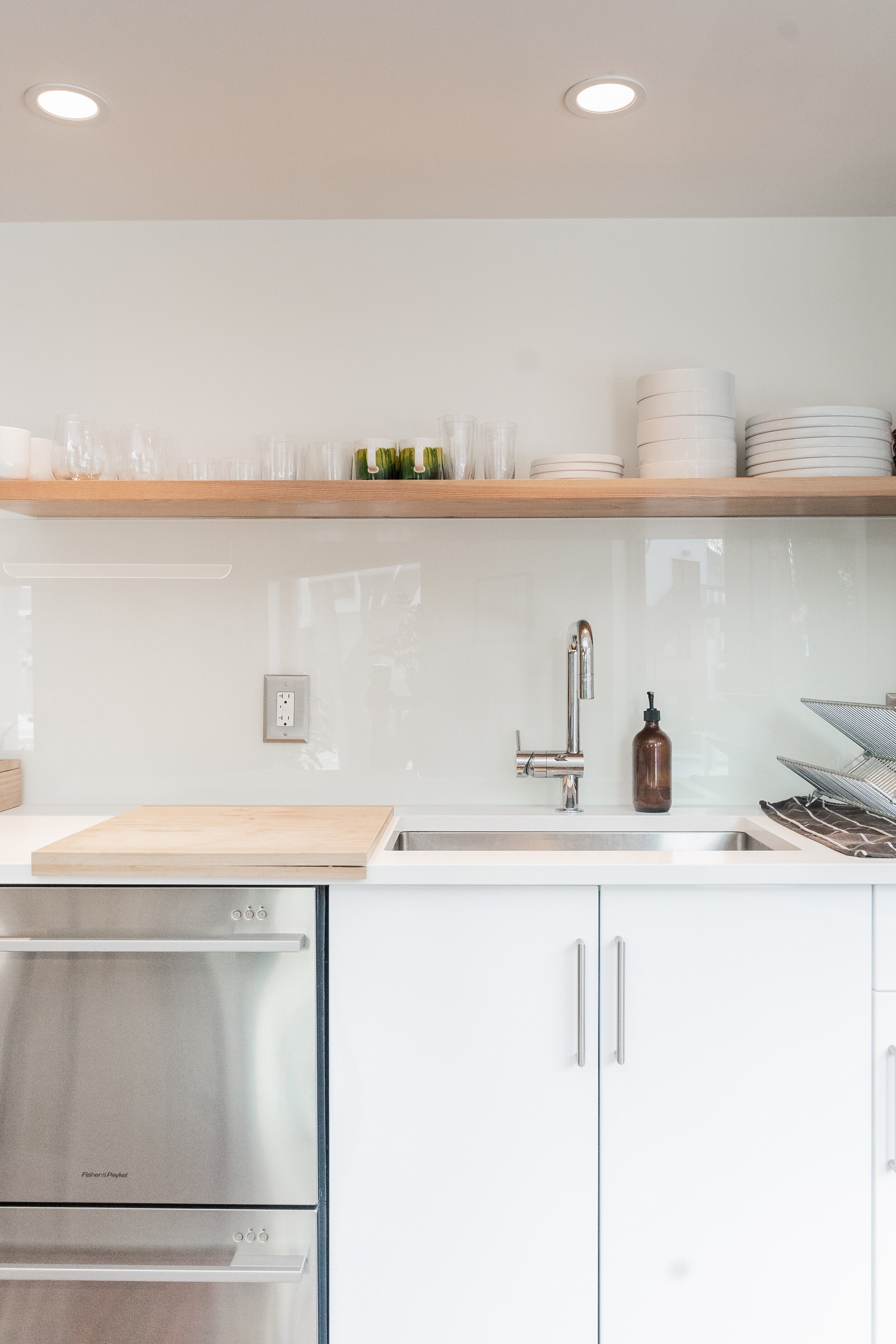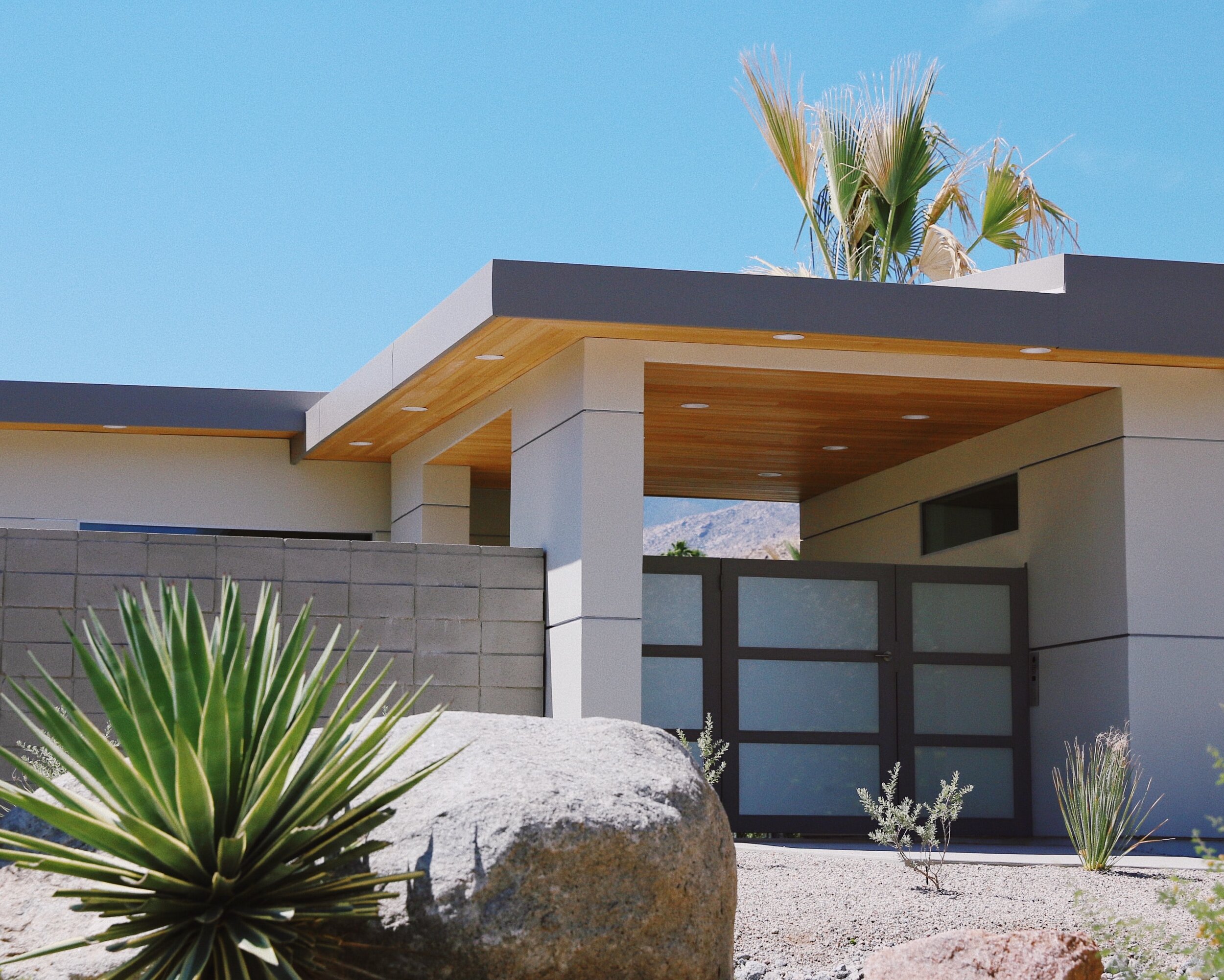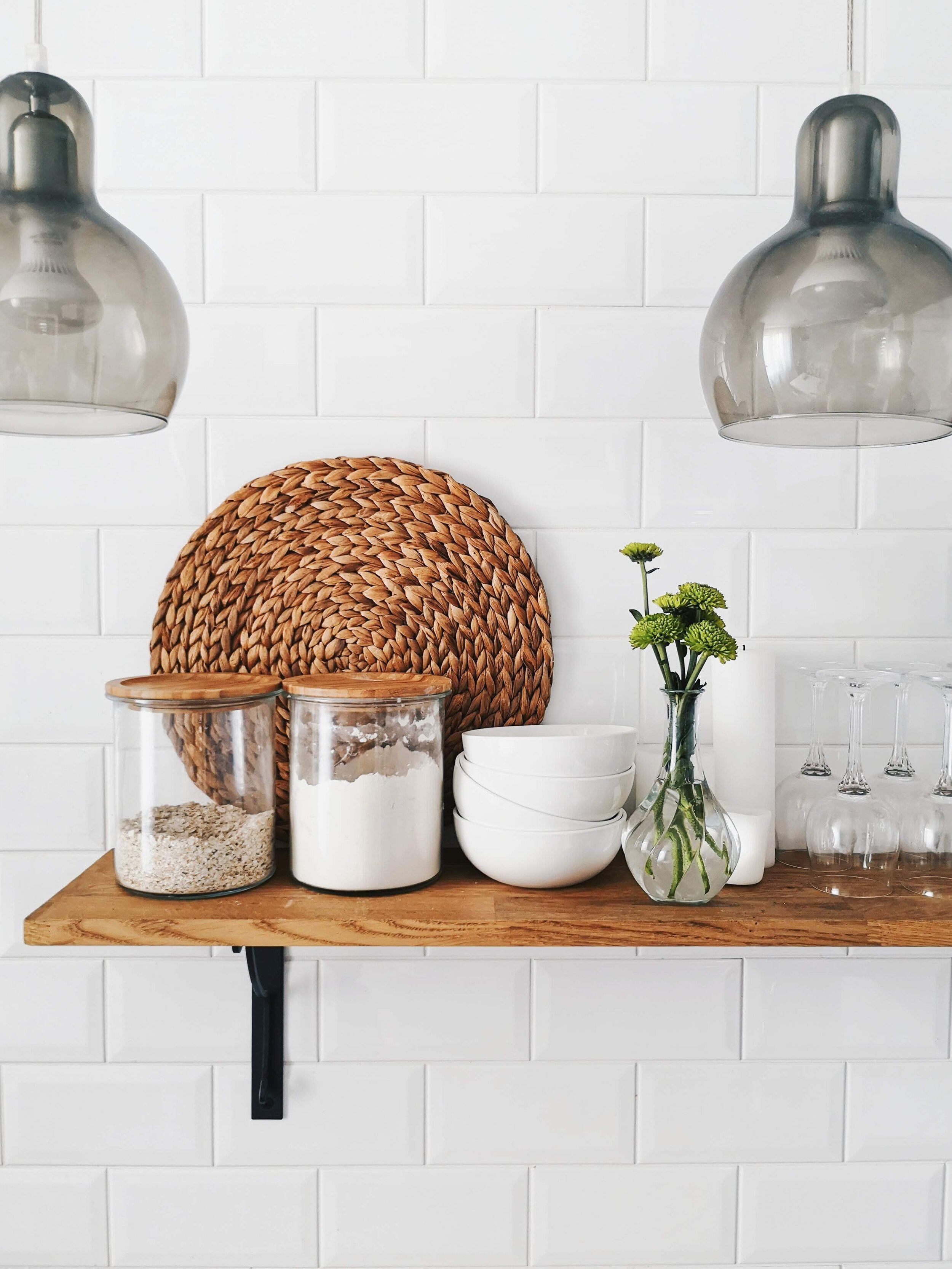In recent years, condos have become more popular than ever. It’s estimated that more than 5 million families in the United States live in condos or co-ops. If you’re just thinking about getting your first condo, you’re probably excited. However, there are a few things you should know before moving in.
What’s Exactly a Condo?
As you probably know, the phrase condo is short for condominiums. The word is used to describe a single unit within an apartment-style building. As a condo owner, you share some of the common areas of the property. In most condos, you can find organized communities of people who share amenities with their neighbors, such as children’s playgrounds, gyms, pools, dog-walking parks, and other public spaces.
Who Manages a Condo?
If you’re a condo owner, how much work do you need to do? What are some of your responsibilities? The shared areas won’t be kept in order on their own. Usually, shared areas around condos are managed by the condo association. As an owner, you’re mainly responsible for your unit. However, as soon as you buy a condo, you become a member of the association. You’ll probably have to pay a fee every month to cover the upkeep expenses.
Checklist for First-time Condo Owners
Is that everything you need to know? You just need to pay a monthly fee and you’re all good? Not exactly. There are some precautions every condo owner should take before they get all of their stuff in their new place. Here’s what you need to do:
Make Sure To Get to Know the Area
The first thing you need to do is to learn the whereabouts of your condo and see what’s its relation to the surrounding area. What’s more, you should see which cabinet is close to which cabinet, where can you keep your clothes, and other things like that.
Get a Condo Insurance Policy
If you’ve bought a new condo, you should get an insurance policy. This place is your new home. As such, you need to protect it at all costs. You should also cover your liability for any injury sustained on the property.
Recognize a Need for Inspection
Never make a large purchase like this without making sure that everything is in perfect shape. That will help you save a lot of money down the line on repairs. If you know any recent condo owners, ask them to refer you to an experienced home inspector.
Become Familiar With Your Neighbors
Last but not least, you should probably spend some time greeting your neighbors before you even move in. You can spend a few days exploring the area in which you’ll be living in. The sooner you become a part of the community, the better.
You’ll Be Ready to Move in Before You Know It!
Living in a condo is best suited for people who don’t have enough time for upkeep or those who want to make use of shared amenities. Basically anyone - including single homeowners and families - can benefit from the condo lifestyle. Just follow the checklist we laid out above, and you’ll be able to enjoy all of the benefits stress-free lifestyle in your condominium.






























